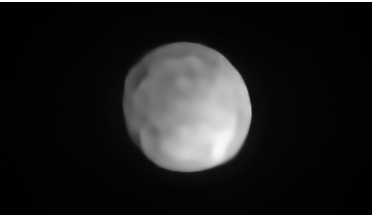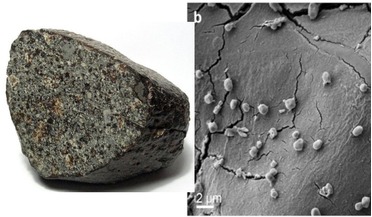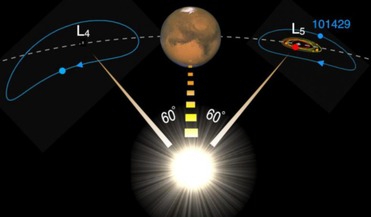 28 October 2019
Hygiea asteroid could turn out to be the smallest dwarf planet yet
28 October 2019
Hygiea asteroid could turn out to be the smallest dwarf planet yet
...which was first discovered in 1849, is thought to consist mostly of carbon – a material similar to that found in carbonaceous chondrite (stony, non-metallic) meteorites. It is the largest of the class of dark C-type asteroids that are dominant in the...
 09 December 2019
Metal-loving microbe prefers eating meteorites than earth rocks
09 December 2019
Metal-loving microbe prefers eating meteorites than earth rocks
...how it reacted. It turns out, it loved it. One of the most abundant types of naturally occurring meteorites – the primitive (chondritic) class – are packed with metals, especially iron and nickel, so a different team, headed by Tetyana Milojevic from...
 06 November 2020
The Moon could have a long-lost "twin" in orbit around Mars
06 November 2020
The Moon could have a long-lost "twin" in orbit around Mars
..., say Apostolos and team, there is a chance that 101429 is just another asteroid, similar perhaps to ordinary chondrite meteorites, that became lunar-like in composition through millions or billions of years of space weathering. Alternatively, the...